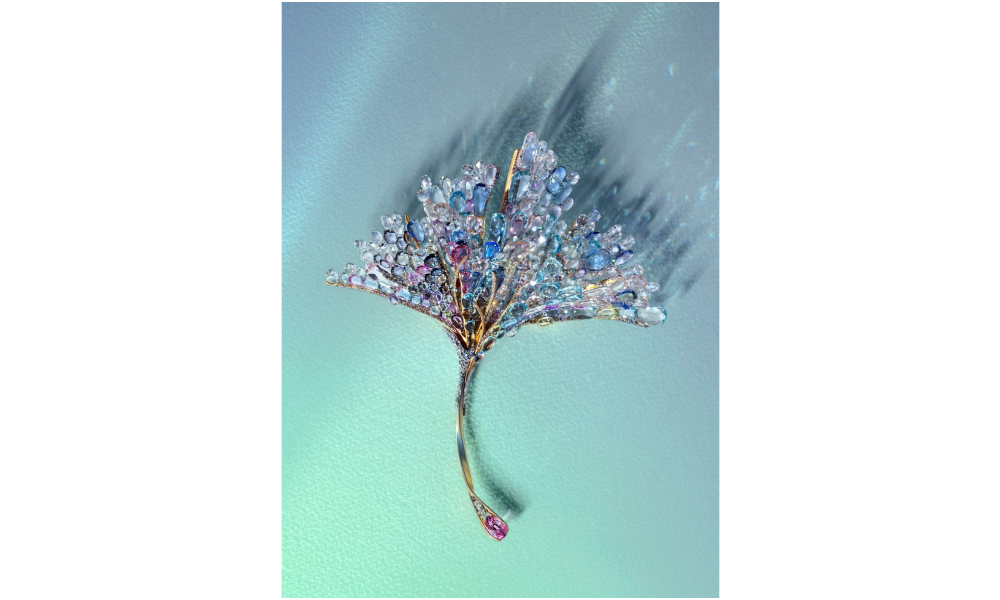At 38, Chinese high-jewellery artist Feng J has achieved feats that other artistic millennials can only dream of. Soon after earning a Master’s degree in jewellery design from the University of the Arts, London, she launched her namesake brand and opened an atelier in Paris’s historic high-street shopping district – Place Vendôme, alongside iconic boutiques of Chopard, Boucheron and Cartier. Her jewellery has commanded millions at prestigious auction houses.
Feng J’s jewellery pairing of necklace, bracelet and ring called ‘Les Jardins de Giverny’ made with fancy light pink diamond and other gems was auctioned by Phillips auction house in 2020 for about HK$20.2 million (US$ 2.59 million). When she was 36, she became the youngest jeweller to have a piece enlisted in the permanent collection of Musee des Arts Decoratifs (MAD) gallery in Paris.
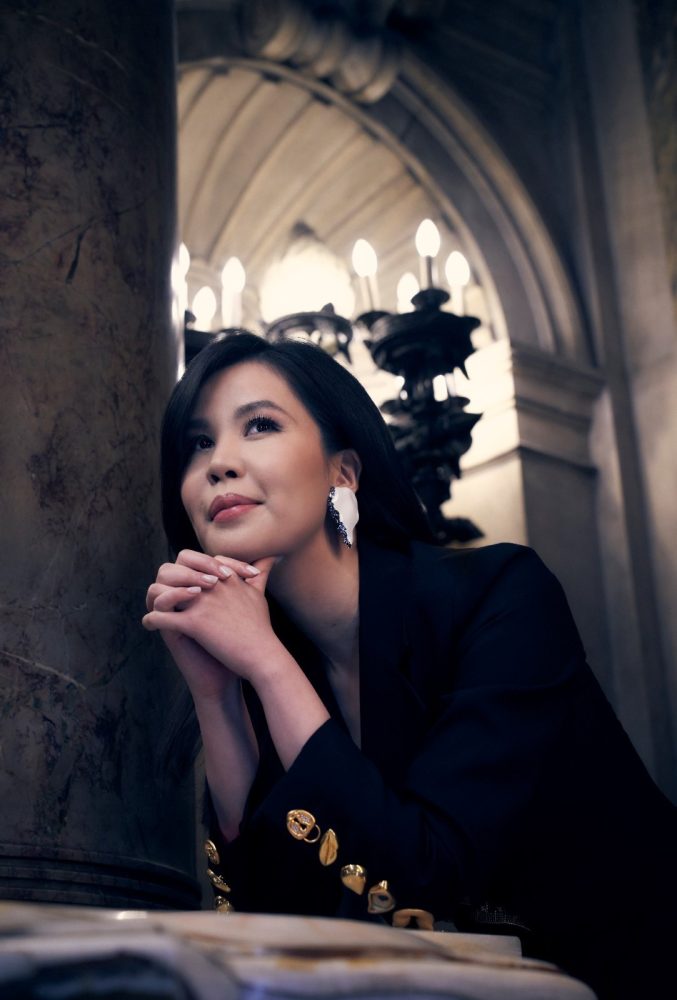
After earning various art degrees why did you choose to be a jewellery artist?
My first career preference was to be a sports car designer because I am fond of their speed, appearance and dynamic power. I studied furniture design at China Academy of Arts for my bachelor’s degree and then applied to the ArtCenter College of Design in the US to study car designing, but failed to get the student visa. So, when I got a call from University of the Arts, London, I decided to study jewellery and fashion design instead. Thereafter, I did a European craftsmanship course at the Haute École de Joaillerie in Paris and started my jewellery brand. I realised that what I design is just a medium for me to express my innate artistic flair and artistic spirit from my heart.
Artistry runs in my family. My great-grandfather was a court painter, who painted ink-water Chinese paintings for the royal family of the Qing dynasty.
What makes your ‘Feuille de Ginkgo’ brooch unique and why was it accepted as a permanent piece at the Musee des Arts Decoratifs (MAD) Paris?
The Feuille de Ginkgo is, as the name suggests, inspired from the Ginkgo plant leaf. It is created with an invisible setting of double rose-cut gems to make the piece look like a multi-dimensional jewellery painting itself.
I started creating it in 2020 and it took 22 months to finish. I used my signature ‘Painterly’ and ‘Floating-set’ techniques. In my painterly technique I use a bank of gems in a variety of natural hues and saturation that took me years to collate. The gems are cut using a particular style of double rose-cut. While I use a variety of colours, I do not compromise on the standard of gemstones.
Dominique Forest, the head curator of the Modern and Contemporary department at MAD gallery showed a great interest in my Painterly style in creating jewellery. She thought it was an original and creative idea to combine impressionism painting with jewellery creation and selected Feuille de Ginkgo for the MAD gallery.
What is the Painterly style? How did you come to adopt it?
I am like a jewellery painter who likes to have all the colouring readily available. I have created a huge pool of gems with different pigment colours – I call it ‘coloured gem bank’. My gem bank has every colour possible, for eg., if I want to use red, then my bank will have various shades of red such as scarlet, crimson, orange-red…
When I create a design, I use gems like a painter would use colours. Most of my stones are cut in double rose-cut styles with very thin width and facets, somewhere between 1 to 1.2 millimetres. This cut does not bring the more popular brilliant or shiny effect to a stone that is commonly used in jewellery making. Instead, it gives the stone’s aesthetic an ethereal temperament. When creating my jewellery with these gems, I don’t think of them as precious stones but as painting oils.
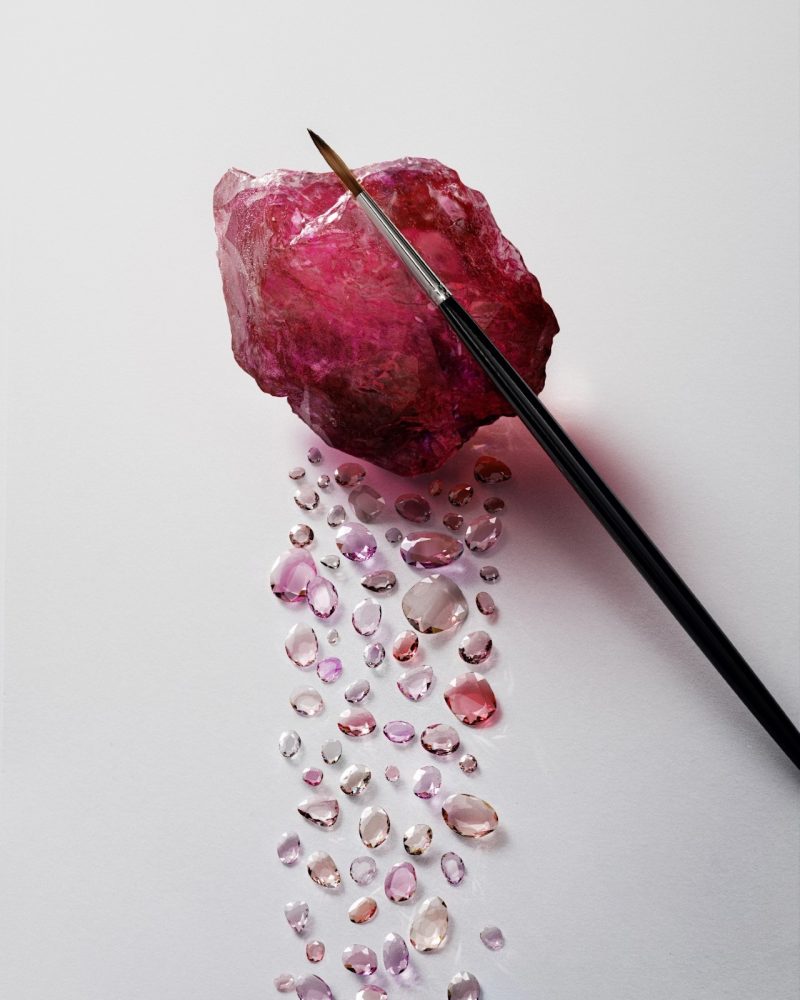
Most of my gems are sourced from around the world but they are cut by a specialist atelier in Europe. My painterly style of creating jewellery is inspired by Italian painting artist Giorgio Morandi.
Tell us more about the Floating technique.
Floating Technique is another feature that sets my jewellery apart. I have always been inspired by celestial bodies and dreamy aesthetics. I like my jewellery to be light, so I use very little metal and lightweight metals like titanium. I don’t even use any metal base moulds in my jewellery.
I create jewellery like an experiment or like a jigsaw puzzle, and don’t make an exact drawing for my jewellery.
During the making of a jewellery piece, I sit down with a skilled artisan and tell him how to set stones one by one from my mind. So, for me designing jewellery is like an adventure. It can take anywhere between 6 months to 7 years for me to create a piece.
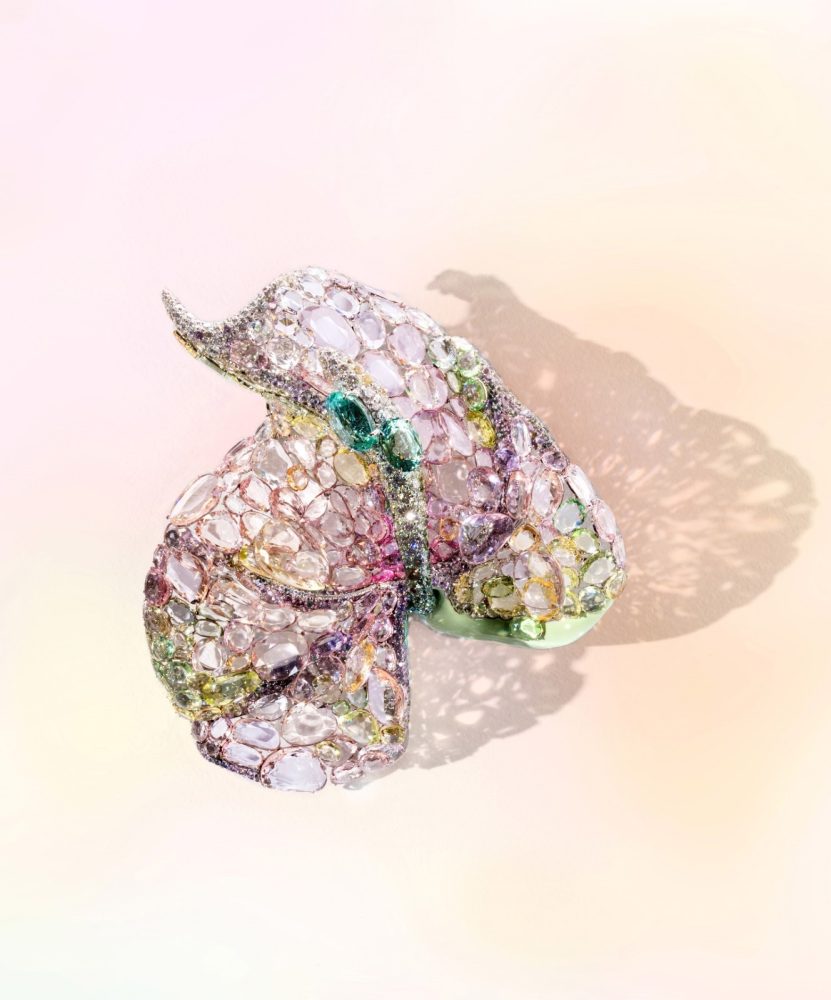
According to you, what is the best approach for jewellery artists to promote their work so that it is seen and appreciated by the right target audience?
Good art fairs, museum acquisitions or auction events, they all might be good places to get exposure. I have presented my works at various exhibitions such as the FAB Paris exhibition, and have also donated some of my work to support Opera de Garnier Paris’ Fund-Raise auction event with Sotheby’s in Paris in 2023.
Which country is the number one source of customers for your brand? How important is mainland China as a market for high jewellery when you compare it to Europe?
Our top connoisseurs are from the US and China. To compare Europe and China: Europe introduced the term ‘high jewellery’ centuries ago, while China is emerging as a vibrant place embracing 21st century contemporary high jewellery.
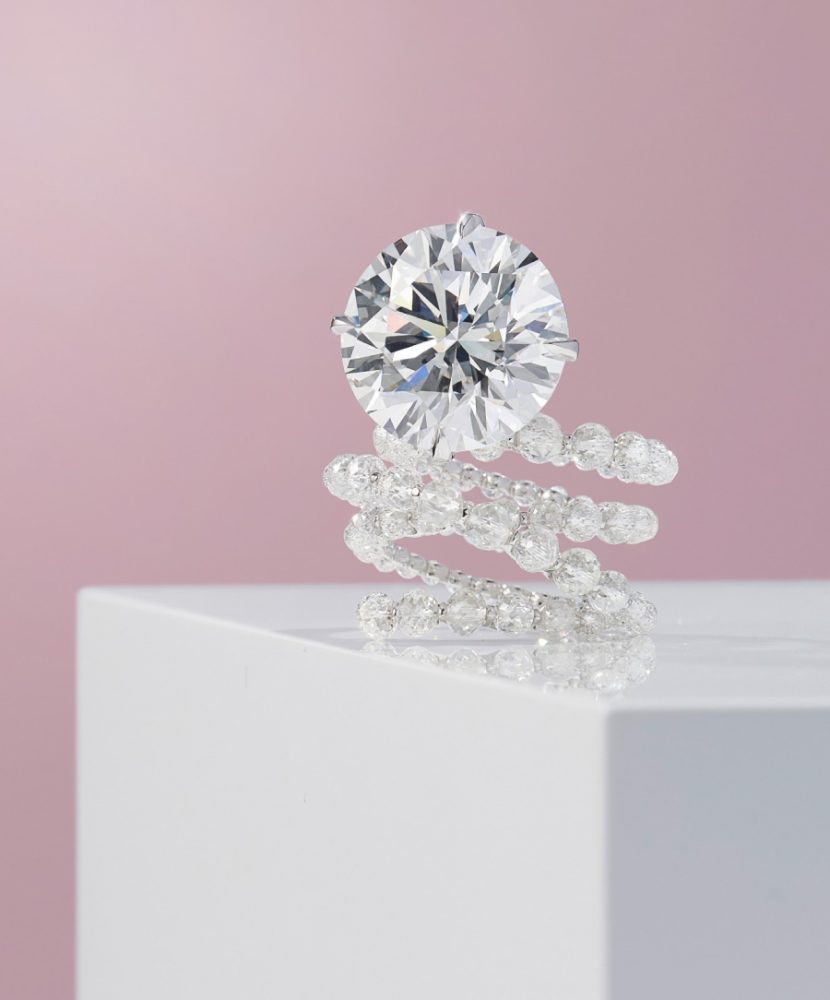
Do you use gems or expert artisans from India for your jewellery?
One of my jewellery pieces that was up for auction at the Phillips auction in 2020 was a diamond ring called ‘Fountain of Diamonds’ in which I used 95 diamond beads from India weighing 18.24 carats in total. It was later sold at private-sales in Phillips. I also used these beads in another jewellery piece, ‘Fountain On Fire’ ruby and diamond ring that sold at a Sotheby’s auction for HK$12.47 million (approx US$ 1.6 million).
India is a country with an influential and historical culture of jewellery. I personally fancy the carving of gemstones from India.

